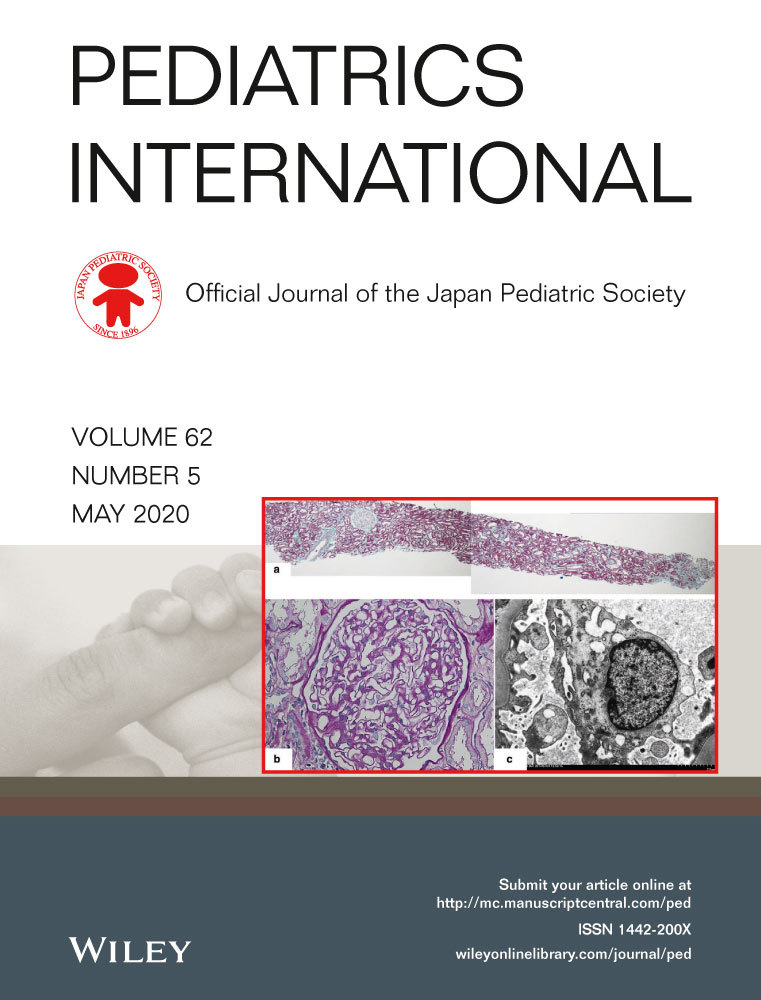Characteristics of nonoliguric hyperkalemia in preterm infants: A case-control study in a single center
Abstract
Background
Preterm infants often present with hyperkalemia during the first days after birth without showing oliguria. This is known as nonoliguric hyperkalemia (NOHK). As its clinical features have not been completely understood to date, we aimed to elucidate the characteristics of NOHK, including its risk factors, in preterm infants.
Methods
For this case-control study, we reviewed the files of all infants born before 32 weeks of gestational age in our neonatal intensive care unit between 2011 and 2018. We distinguished the NOHK and non-NOHK groups and compared their characteristics and blood potassium levels. Nonoliguric hyperkalemia was defined as peak blood potassium concentration of ≥6.0 mmol/L during the first 72 h of life with a urine output of ≥1 mL/kg/h.
Results
Of the 99 infants enrolled, 21 (21%) demonstrated NOHK. Infants with NOHK were more likely to have been exposed to antenatal magnesium sulfate (MgSO4) (P = 0.019) than those in the non-NOHK group. Acute morbidities and mortality were not statistically different. Multivariate analysis indicated that administration of maternal MgSO4 for longer than 24 h at any point before delivery was a risk factor for NOHK. Its adjusted odds ratio and 95% confidence interval were 4.0 and 1.4–12.3, respectively (P = 0.012).
Conclusions
In this study, maternal MgSO4 administration for longer than 24 h proved to be a risk factor for NOHK in infants born before 32 weeks of gestational age. Infants born to mothers who have received MgSO4 should be regularly monitored for their electrolytes.
Disclosure
The authors declare no conflict of interest.




